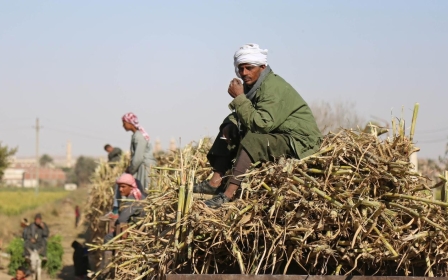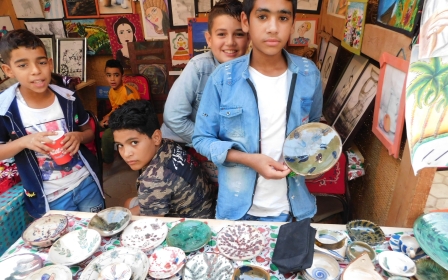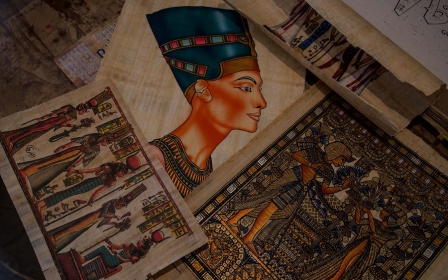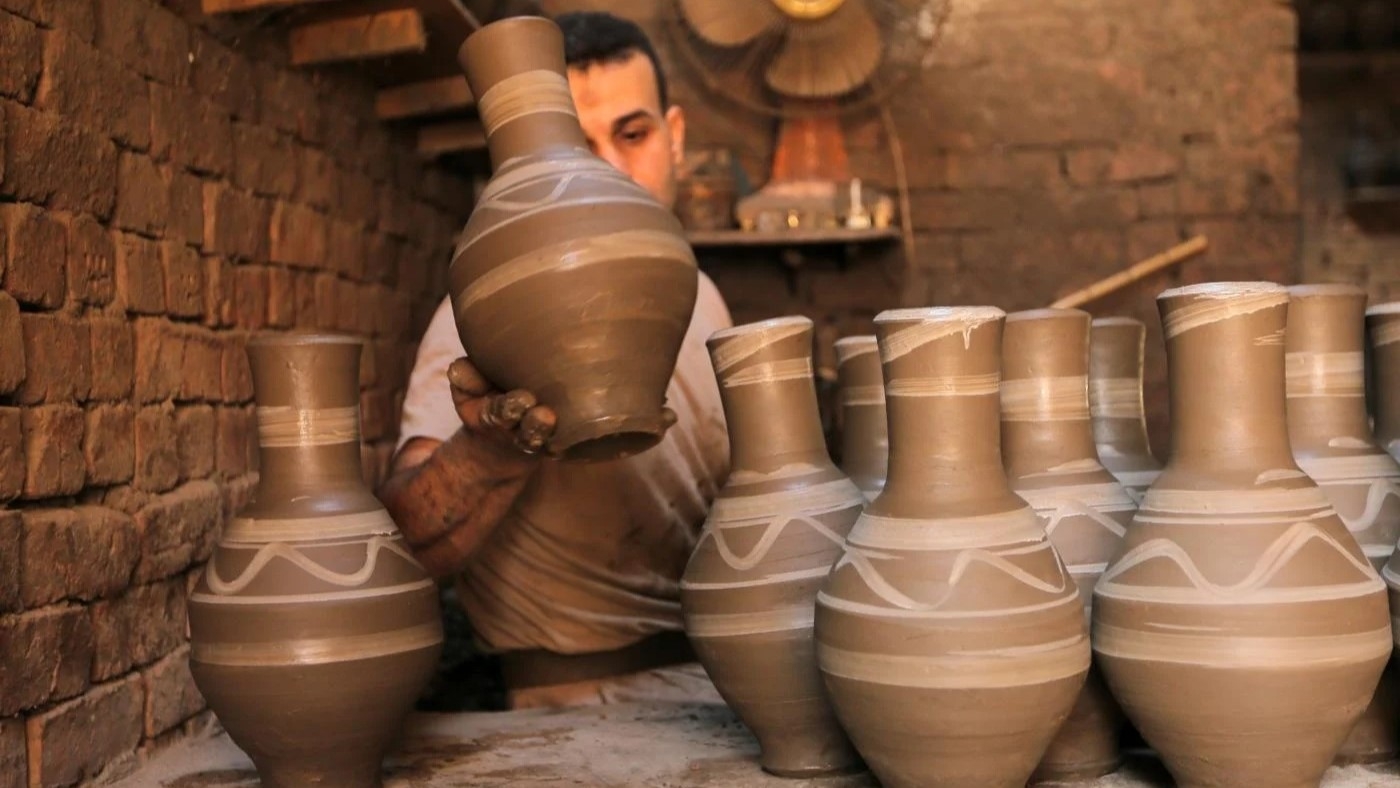
In pictures: The ancient craft of Egypt’s ollal clay jugs
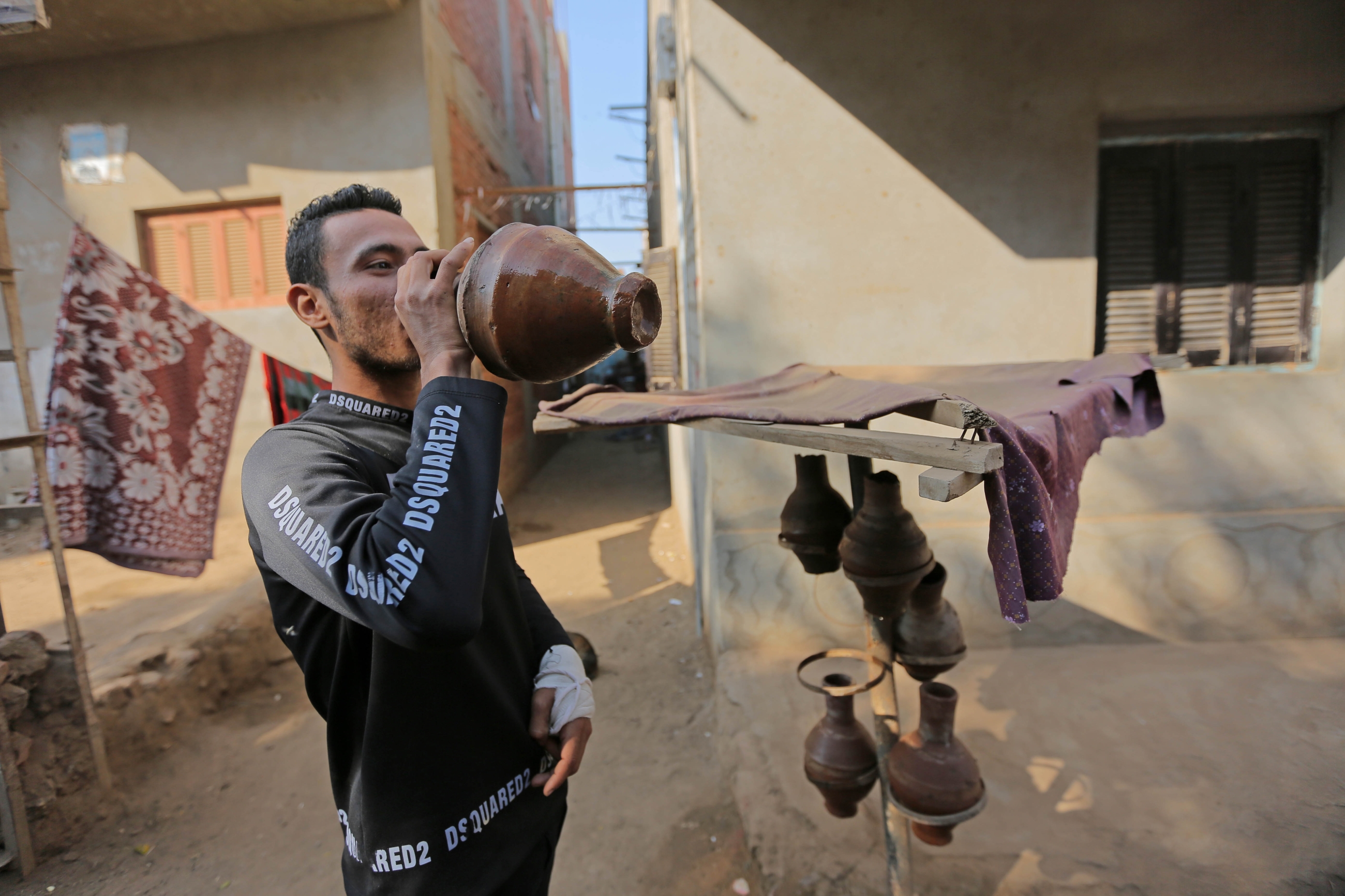
Across Egypt, orange and brown-tinged jugs are left on street stands for passersby to take a drink out of when they’re feeling parched. The clay vessels, known locally as olla (plural: ollal) have been produced for centuries and are recognised for their ability to keep water cool for longer than other jugs. Produced since ancient times, the jugs were also used to store food and liquids, such as oils and perfumes, for use in religious ceremonies. Today, the typical olla carries around a litre of water and resembles a vase with a narrow top, wide middle and slightly narrower base. The clay used to make the jugs comes from Aswan in southern Egypt. (All photos by Fadel Dawod)

The manufacture of ollal has decreased in recent years because of the abundance of cheaper plastic alternatives, however the tradition is kept alive in the village of Jeries in the Monufia governorate where they are made in traditional workshops.

From an initial clay block, the jug is shaped and then left to dry in the heat for a day. Once dry, it is put into an oven for two days and then left to set for a day, which makes the jug tougher and more durable. Despite the time it takes to produce, the end product is sold for just 15 Egyptian pounds ($0.60) in the markets.
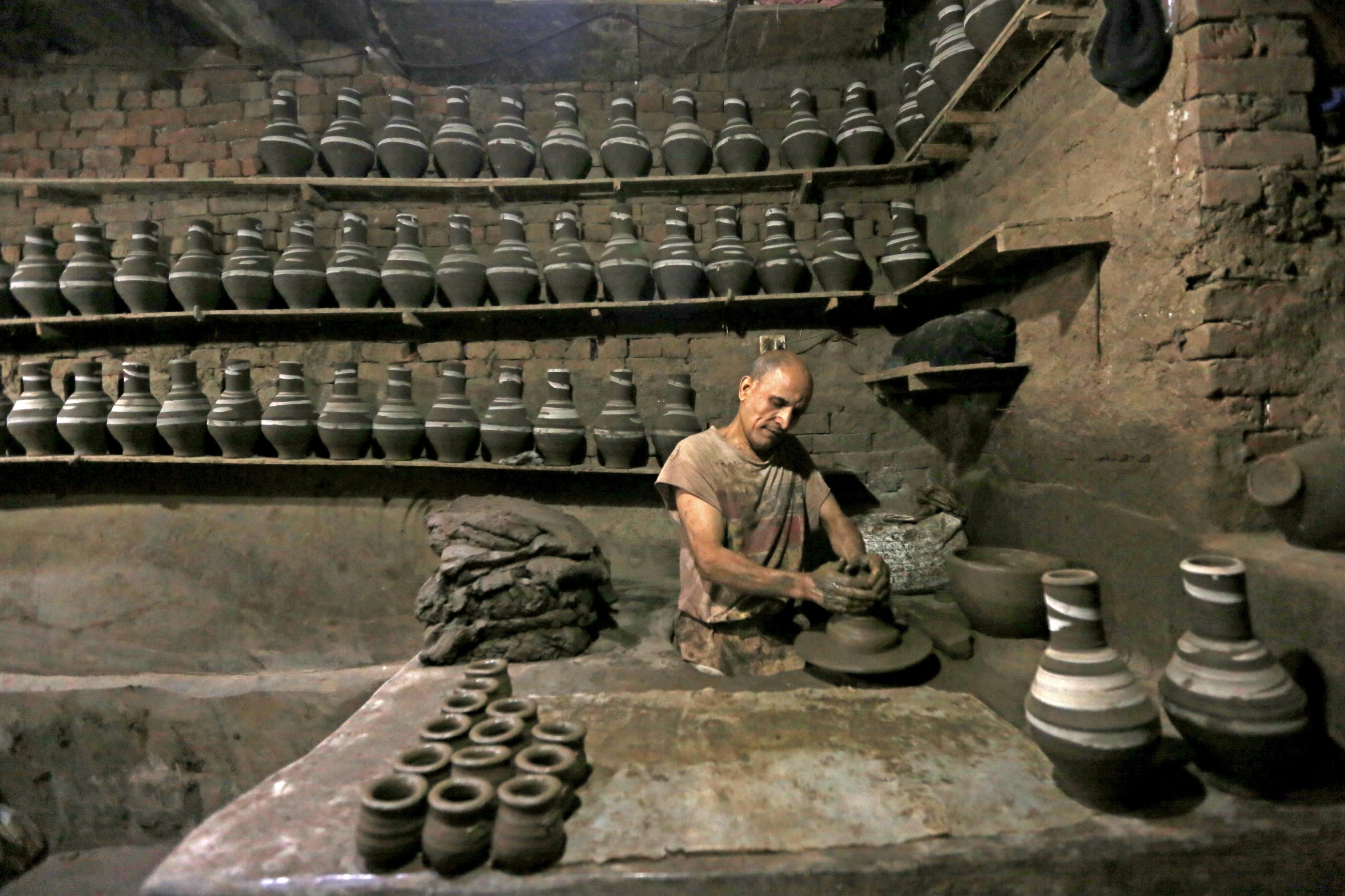
The clay jugs are unique because they are baked at a low temperatures and are never glazed. This quality allows warmer water to evaporate out from the jug keeping the temperature of the remaining liquid cool. Typically, the clay pots are decorated with a lighter coloured paint, while some feature religious verses on them or simple geometric patterns.

Rabea al-Sabbagh, a 50-year-old who has been making ollal for 35 years, believes that the clay drinking pots are better than all the alternatives. "These are the best because unlike plastic, they don’t degrade and are not dangerous for the environment,” he told Middle East Eye. Sabbagh learned how to make them from his father, who was also taught by his father. “Ollal are perfect for water because it's a healthy way of storing it, doctors always recommend drinking from them,” he added.

Najah Ghoneim, 32, has been working in the ollal industry for around 20 years, and his wife and children are also involved in the jugs' manufacture. According to Ghoneim, there is limited damage done to the environment during the production process, as cotton and corn are used for the pottery kiln, and the clay is also sourced naturally from the environment.
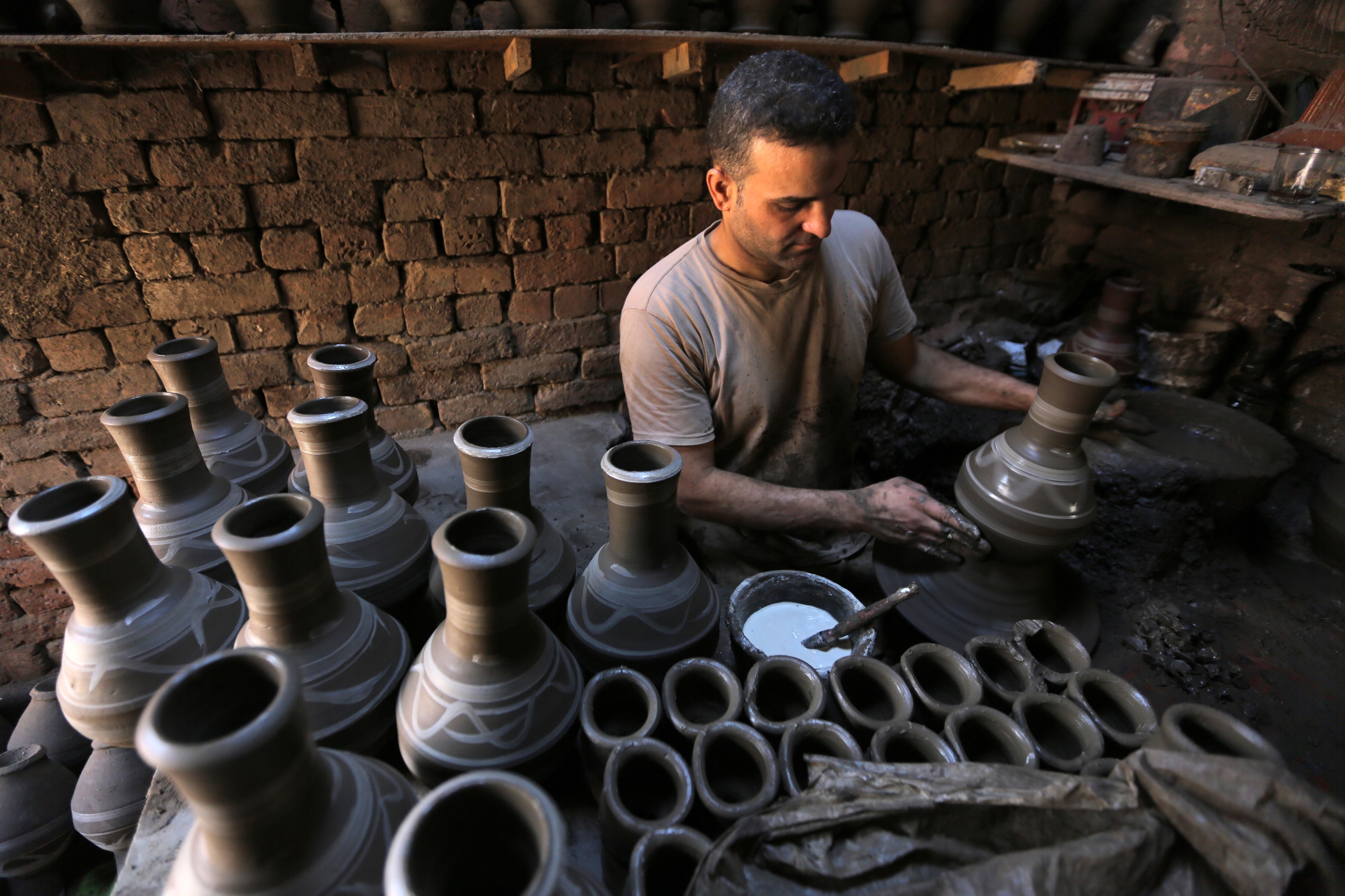
Despite their ubiquity in Egypt, the art of ollal production is dying out amid the influx of modern alternatives. Khaled, a 32-year-old who makes clay jugs, said: “People now use plastic much more instead of clay jugs, so it’s harder to sell them." Nevertheless, he believes with some changes, the pottery industry could eventually keep up the pace. “We’ve started to purchase modern machines and ovens that use gas to make antiques from clay, which customers buy to decorate their homes with,” he explained.

However, not everyone is optimistic about the future of this ancient craft. Ali Hammad said that the profession is likely to collapse soon due to a lack of demand. He and others want the state to step in and help develop the industry.
This article is available in French on Middle East Eye French edition.
Middle East Eye propose une couverture et une analyse indépendantes et incomparables du Moyen-Orient, de l’Afrique du Nord et d’autres régions du monde. Pour en savoir plus sur la reprise de ce contenu et les frais qui s’appliquent, veuillez remplir ce formulaire [en anglais]. Pour en savoir plus sur MEE, cliquez ici [en anglais].


